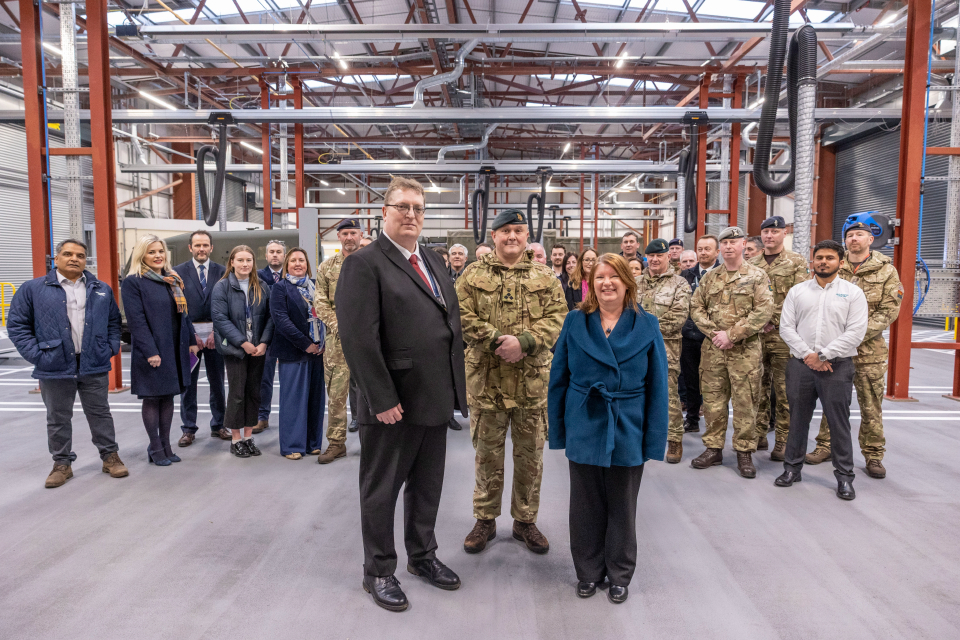Connexin Calls on UK Gov to Recognise LPWAN as Critical Infrastructure

Fixed wireless operator and broadband ISP Connexin has today called on the UK government to expand its focus beyond full fibre and 5G mobile by recognising Low Power Wide Area Networks (LPWAN / LoRaWAN), which are often used to help connect small IoT style sensors and meters, as “critical infrastructure“.
Connexin, which is also involved in its own roll-out FTTP broadband technologies, is separately a member of the LoRa Alliance (LoRo = Long Range), a membership organisation where industry experts collaborate and share experiences to promote and drive the success of LoRaWAN wireless networks. As part of that they recently launched the “Liberté, Egalité, Connectivity: LPWAN for All” movement to help encourage the UK gov to recognise LPWAN as critical infrastructure.
NOTE: The operator is backed by an investment of £80m from PATRIZIA.
Sites or networks designated as Critical National Infrastructure (CNI) are those facilities, systems, sites, information, people, networks and processes, necessary for a country to function and upon which daily life depends. It also includes some functions, sites and organisations which are not critical to the maintenance of essential services, but which need protection due to the potential danger to the public (e.g. civil nuclear and chemical sites).
In short, being part of CNI would afford such networks greater protection, much like the energy supply, water supply, transportation, health and other telecoms networks.
Jason Legget, Lead for Connexin’s Public Sector & Enterprise IoT Solutions, said:
“We’re looking to work with UK partners and businesses who see LPWAN as a vital part of their operations. We want to create solutions for customers that build evidence of LPWAN’s benefits and drive confidence in it as a solution. We also want to bring together consortiums by working together with the LoRa Alliance to agree on the right policy message to deliver to our new Government.”
Connexin’s viewpoint here is that if governments continue to only talk about 5G and FTTP as the answer for all our connectivity needs, then “deployment and adoption of IoT solutions will continue to be frustrated” (i.e. commercial investment will slow and the benefits such as innovative new service models and important operational efficiencies will not be realised at a pace that is needed). It perhaps doesn’t help that wireless LPWAN networks have always been more in the background and don’t grab the same sort of headlines, despite having plenty of uses and growing in popularity for IoT connectivity.
Related
Major military infrastructure upgrade completed at Leuchars
Upgraded facilities have been delivered for The Royal Scots Dragoon Guards and 2nd Battalion Royal Electrical and Mechanical Engineers, including refurbished o
UK public EV charge points surpass 75,000 as infrastructure booms
The UK’s electric vehicle (EV) charging infrastructure has hit a significant milestone, with the number of public charge points surpassing 75,000. According t
Infrastructure firm strengthens UK presence with Brierley Hill warehouse |…
National infrastructure service provider MJ Quinn has secured a newly refurbished industrial site in Brierley Hill as part of its ongoing UK ex
UK: Work Begins on New Railway Station in Okehampton
Initial work has begun to build a new railway station in Okehampton, Devon. The new 15 million GBP station, named Okehampton Interchange, will connect We













